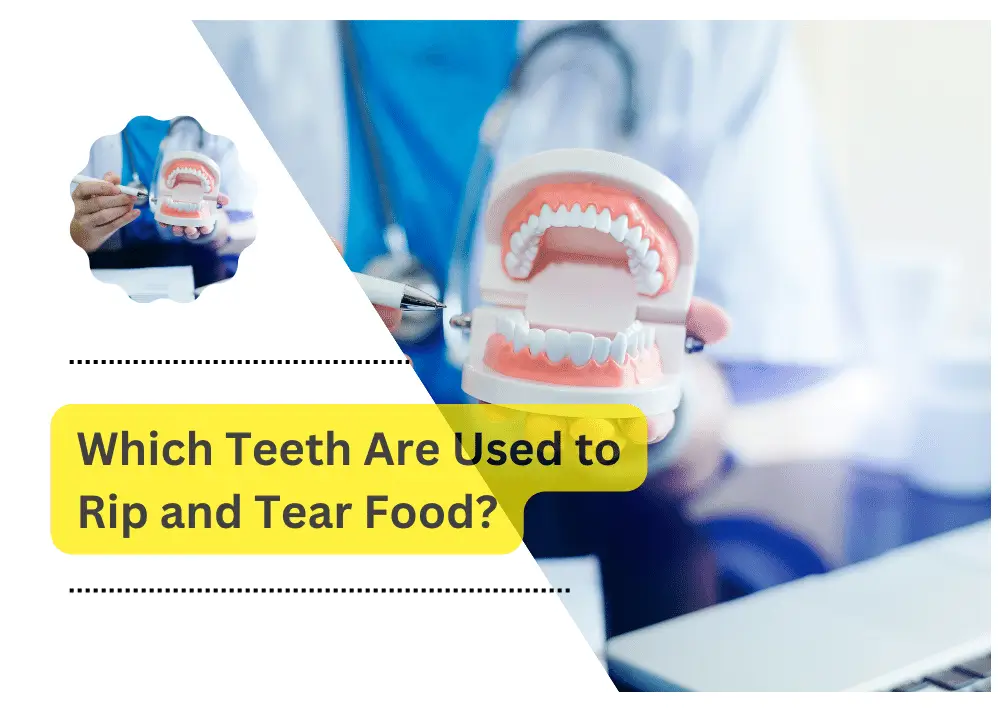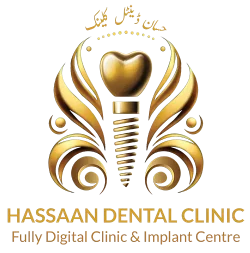Each type of human tooth has a different morphology and shape depending on the role that it is meant to play. Are you aware of which teeth are used to rip and tear food? Do you know the functions of the various teeth in your mouth? Are you aware of your total number of teeth? As humans are an omnivorous species that consume plants and meats, they require different teeth to process different kinds of food. There are four different types of human teeth, each with a typical appearance and function. To find out more about your brilliant whites, continue reading.
Types of Teeth And Their Function:
There are four central and four lateral incisors on you. The front teeth in your mouth are used to cut food into small pieces because of their straight, sharp edges. Because they are thinner and longer than other teeth, incisors are more prone to break.
Canines:
Canines are the answer to the question, which teeth are used to rip and tear food? Located in the corners of your mouth are these four teeth. They rip and tear food with their cusp, which is a sharp point. Canines are crucial in developing a strong bite and have the longest roots. They go by the names cuspids and eye teeth as well.
Premolars:
There are four first and four-second premolars in you. These teeth are located on the side of your mouth, and you can tear and crush food with the two to three cusps on their broad surface. Bicuspids are another name for premolars.
Molars:
At the back of your mouth are four first molars and four second molars. These teeth, which have three to four cusps that grind food, are the biggest, broadest, and flattest in your smile. Molars are found at the back of the mouth, have two to three roots, and are more difficult to clean because of their numerous grooves.
Wisdom Teeth:
You have four of these teeth, also referred to as third molars. They typically appear in early adulthood and are frequently extracted because their size prevents them from fitting inside the jaw. Dental health issues arise when wisdom teeth erupt partially or become impacted.
Canines: The Food Tearers:
Position:
The teeth next to the incisors as they move toward the edge of the mouth are called canines, also known as eye teeth or cuspids. In both primary and permanent human dentitions, there are four canines—one in each quadrant of the mouth. Third from the center are these teeth.
Size:
They are the same height as the other teeth. In other animals, however, they are longer. Canines possess a solitary, elongated root system that can extend up to 3 cm, which offers the necessary stability for their purpose. They are the longest and most enduring teeth in humans.
The length, form, and unique bone projection known as the canine eminence provide the additional anchorage that their location requires.
Function:
They can rip and tear tough foods like meat with their sharp, pointed edge. Canine teeth are used to bite; in humans. So if someone asks that which teeth are used to rip and tear food? Then you should confidently answer, the canines. The purpose of the canines is to help the incisors and premolars by acting as holding and tearing teeth. Furthermore, the V-shaped structure at the corner of the mouth helps to release pressures that could otherwise push the incisors deeper into the mouth or the premolars out of it.
Stability
The canines are the most stable teeth in the human mouth because of their strong anchorage, thick crowns, smooth, pointed shape, and ability to clean themselves.
When Is Canine Tooth Extraction Necessary?
Regretfully, there are instances in which a canine tooth extraction may be necessary. If enough of the original structure remains, the dead canine can be restored and maintained. But if the canine is affected, then the only course of action might be extraction.
If an impacted tooth is kept in its natural position, it could cause major issues like gum disease, cavities, infections, and dental cysts. Additionally, it could crush the teeth’s roots nearby. Therefore, having a canine tooth extracted would be wise.
Conclusion
In conclusion, on either side of the lateral incisors are canines. Since they are the cornerstones of the mouth and play a significant role in the oral cavity, they are present even as baby teeth. The tooth in the canine is stable and robust. It facilitates our ability to hold and grasp food as well as tear it apart. They are also necessary to accomplish appropriate occlusion. Canines are thought to be an essential component of every mouth. As a result, it’s important to maintain their health and prevent gum disease and decay. Still, there are situations in which they ought to be eliminated.



